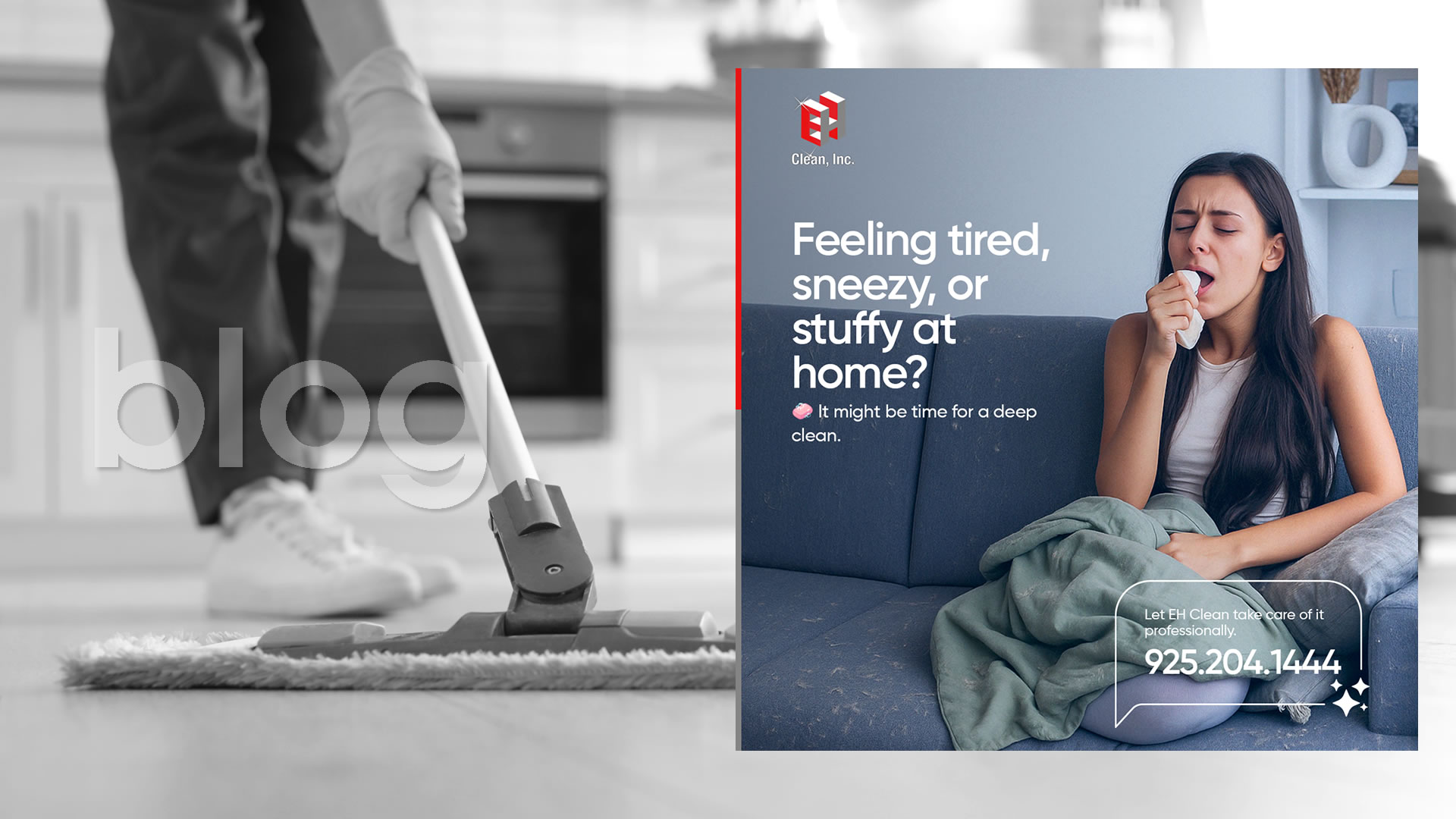Built-Up Dust Could Be Sabotaging Your Health

When was the last time you gave your ceiling fan or behind-the-fridge area a good cleaning? If you’re like most people, dust is one of those sneaky things that builds up without much notice—until your allergies start flaring or your home feels stuffy. But did you know that dust isn't just an aesthetic issue? Built-up dust can quietly sabotage your health in multiple ways.
What’s Really in Dust?
Dust is more than just dirt. It’s a cocktail of dead skin cells, hair, fabric fibers, pollen, mold spores, bacteria, pet dander, and even toxic particles from outside. In indoor environments—especially ones with poor ventilation—these particles accumulate over time, creating a micro-ecosystem of allergens and irritants.
Health Risks of Dust Buildup
-
Allergy and Asthma Flare-Ups
If you suffer from allergies or asthma, dusty environments can be a constant trigger. Dust mites, a common allergen, thrive in warm, humid environments and are found in bedding, upholstery, and carpets. Breathing in these tiny particles can lead to sneezing, wheezing, itchy eyes, and shortness of breath.
-
Skin Irritation
Some people experience skin conditions like eczema or dermatitis due to dust mite exposure. Built-up dust can irritate sensitive skin, especially in bedrooms where dust mites thrive.
-
Weakened Immune Response
Chronic exposure to indoor pollutants like dust can stress your immune system, making you more vulnerable to colds, infections, and even long-term respiratory issues.
-
Toxin Exposure
Dust can act like a sponge for environmental toxins like lead, flame retardants, and pesticides. Over time, these toxins accumulate and become part of the dust layer in your home—particularly concerning for babies and toddlers who spend time crawling on the floor.
Where Dust Loves to Hide
- Ceiling fans and light fixtures
- Behind appliances and under furniture
- Air vents and filters
- Window blinds and curtains
- Electronics (TVs, computers, game consoles)
What You Can Do
-
Regular Cleaning Routine
Vacuum weekly using a vacuum with a HEPA filter, dust surfaces with a damp cloth, and mop hard floors regularly. Don’t forget to clean areas that are out of sight—like under the bed or behind the TV stand.
-
Air Purification
Use an air purifier with a HEPA filter to reduce airborne dust and allergens. Also, consider houseplants that can help filter indoor air (like spider plants or peace lilies).
-
Control Humidity
Dust mites thrive in humidity above 50%. Use a dehumidifier if necessary, especially in bedrooms or basements.
-
Wash Bedding Frequently
Wash sheets, pillowcases, and blankets in hot water at least once a week to kill dust mites.
-
Don’t Forget Your HVAC System
Change air filters regularly and consider getting your air ducts professionally cleaned every few years.
Bottom Line
Dust may seem like a minor nuisance, but its impact on your health can be significant if left unchecked. By making dust control a regular part of your home maintenance routine, you’re not just cleaning for looks—you’re protecting your health.
Call us today to setup a Deep cleaning!
Leave a comment
Post Info:
Published on:
05/01/2025
Post by:
Admin
Category:
Articles
Client's Testimonial
Great service. Jana is very professional and returns calls very quickly. Work was completed on time and great prices as well.
Can't reccomend them more highly.
Keith B.
Danville, CA

